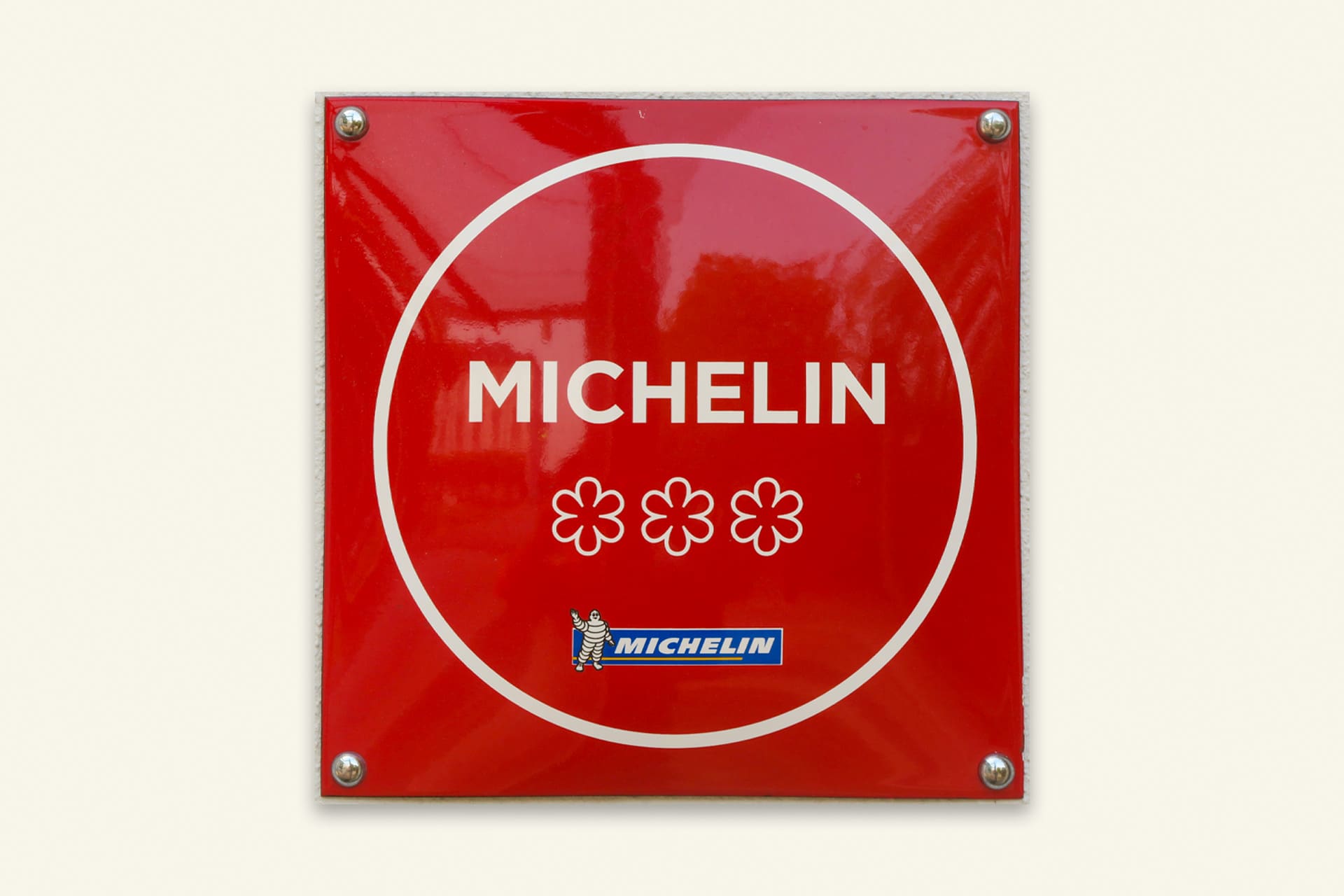What is the maximum number of Michelin stars for a restaurant?
At just over one hundred years old, the Michelin guide has become one of the most coveted indicators of quality in fine dining. Initially, a motorist’s guide to encourage road travel across France, the guide has now evolved into one of the most prestigious yet secretive rating systems for quality cuisine. Updated annually, the guide presents a listing of the best restaurants across the globe for diners looking for exceptional experiences. With one, two, or up to three stars to gain, a restaurant can obtain various levels of prestige. Restaurants and chefs will consider the acquiring (and losing) of stars as defining moments of their careers. And yet, in recent years the guide has changed to a more inclusive reflection of a more comprehensive style of eating cultures, now awarding stars to pubs and street food carts.
One-stars are defined as “a good place to stop” with food made according to high standards. Two-stars are “worth a detour”, with “excellent cuisine.” And finally, the highly coveted three-star rating is for those restaurants that are “worth a special journey” with exceptional cuisine and harmony. There is also the Bib Gourmand, given to those restaurants serving “exceptionally good food at moderate prices.” Aside from stars and the Bib Gourmand, various other symbols are used to describe the dining experience like comfort level or outdoor seating. More contextual markers are used to denote special tapas bars in Spain, street-food stalls in Asia, and quality pints in the UK.
The actual rating process, however, remains a fairly mysterious affair. The determining factors are vague markers that include quality of ingredients, mastery of flavour and technique, the chef’s personality in the cuisine, the value of the food, and consistency across several visits. The Michelin board has made it clear that quality ingredients do not necessarily mean luxury ingredients, and that often the simplicity behind quality produce prepared with the utmost respect is more than enough to warrant the guide’s attention. Balance of flavours and techniques is equally relevant and can make or break an inspection. Food alone is not enough, and there needs to be a particular identity that comes through from the chef to make the food stand apart from other restaurants.





